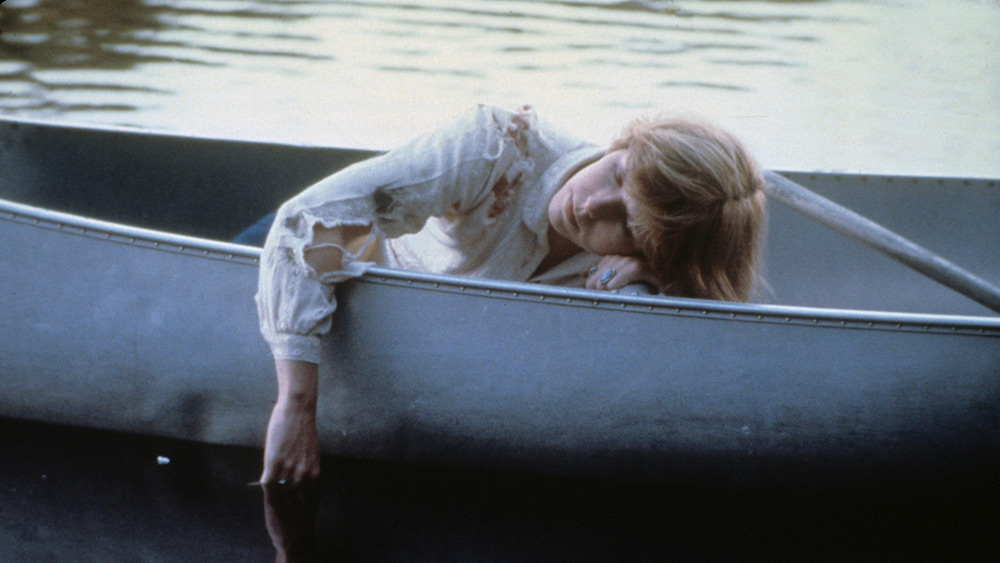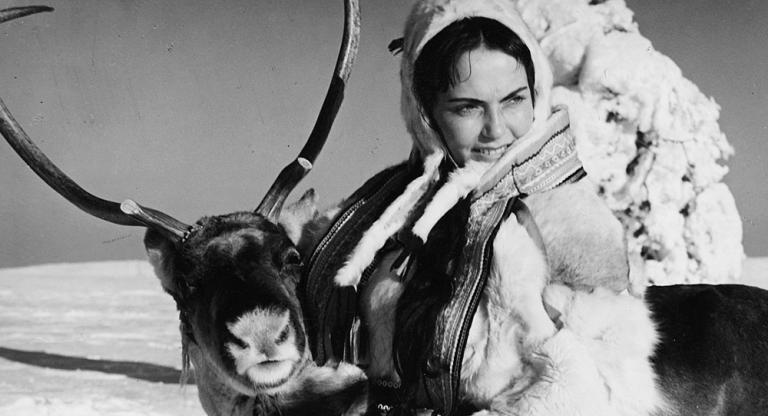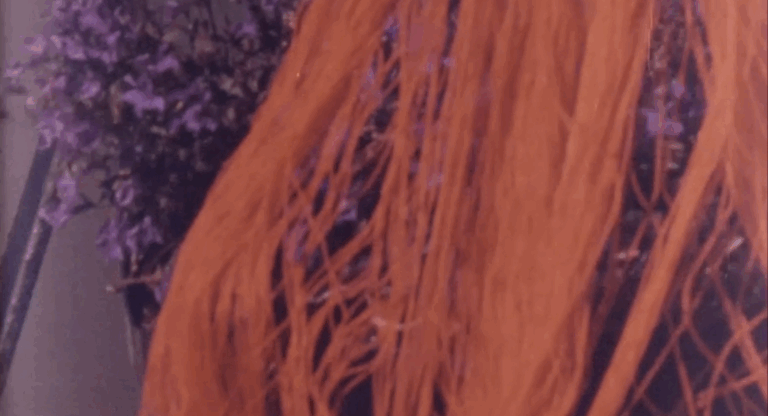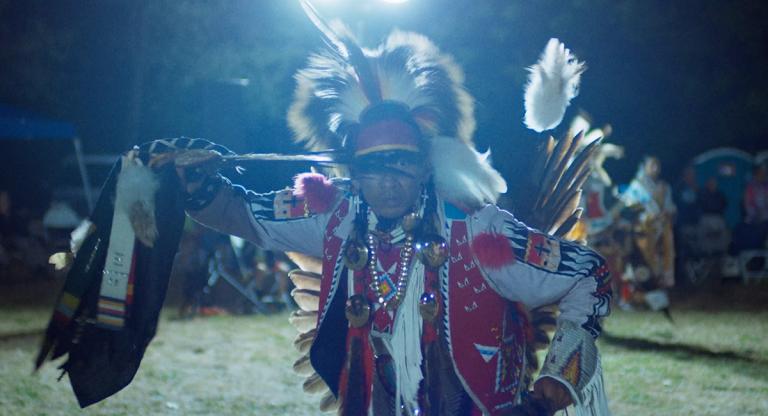It’s difficult to forget that audiences had no idea who Jason Voorhees was, or how little he’d factor into the plot of the original Friday the 13th (1980), 45 years after the film’s release. Jason didn’t become the lead antagonist until Friday the 13th Part 2 (1981) and even then didn’t don his iconic hockey mask until Friday the 13th Part III (1982). But Jason has become so synonymous with the Friday the 13th franchise that when New Line Pictures took control of the license from Paramount in the 1990s, they dropped the Friday the 13th moniker altogether for Jason Goes to Hell: The Final Friday (1993). While the original Friday the 13th set the mold for the series—a collection of coeds being stalked and murdered in increasingly gory ways—it’s a retroactive anomaly for being the only film in which Jason (or an impersonator) is not the killer.
With the exception of the horny vampire comedy The Case of the Smiling Stiffs (1973), director Sean S. Cunningham hadn’t actually made a pure horror film before helming Friday the 13th. He did, however, produce Wes Craven’s notorious shocker The Last House on the Left (1972), a film that welcomed controversy in just about any market it played in. With Friday the 13th, Cunningham was partially accused of following in the footsteps of John Carpenter’s Halloween (1978), but the more direct inspiration seems to be Mario Bava’s A Bay of Blood (1971), a candy-colored Italian proto-slasher featuring a cast of young people who are murdered at a sprawling estate. As in Bava’s film, Cunningham uses open spaces rather than claustrophobic interiors, and has an affinity for bright red blood, whereas Carpenter’s film is decidedly dark and mostly bloodless. But where Friday the 13th and A Bay of Blood share the most similarities is in their approach to the killer’s identity (or killers, in the case of Bava’s film).
The plot of Friday the 13th is remarkably simple: a child drowns at Camp Crystal Lake, prompts its closure, and the camp is then re-opened by a group of counselors who are stalked and killed throughout the film. The audience is kept in the dark as to who the killer is until the end of the film. While her identity is now widely known, Pamela Voorhees (Betsy Palmer) being unmasked as the avenger of her son’s death came as an unexpected twist in the summer of 1980. Bava’s film similarly teases the identity of its killers in a deft manner, whereas Carpenter makes it clear early who is offing the teenagers of Haddonfield from the start of Halloween (1978).
Friday the 13th has arguably endured because of the films that followed it. It’s not a remarkably well made film, even in the context of its genre. Both Carpenter’s Halloween and Wes Craven’s A Nightmare on Elm Street (1984) are much more interesting on an aesthetic and structural level. But the saving grace of Cunningham’s film is Betsy Palmer as Pamela Voorhees, the rare female horror antagonist—especially in the 1980s—that the audience can’t help but root for. It’s a performance as reliant on terror as it is on empathy.
Friday the 13th screens tonight, Friday 13, at Nitehawk Williamsburg on DCP as part of the series “Midnite Movies.” (This note previously mentioned the originally announced 35mm format, which was later changed. We apologize for the error.)



